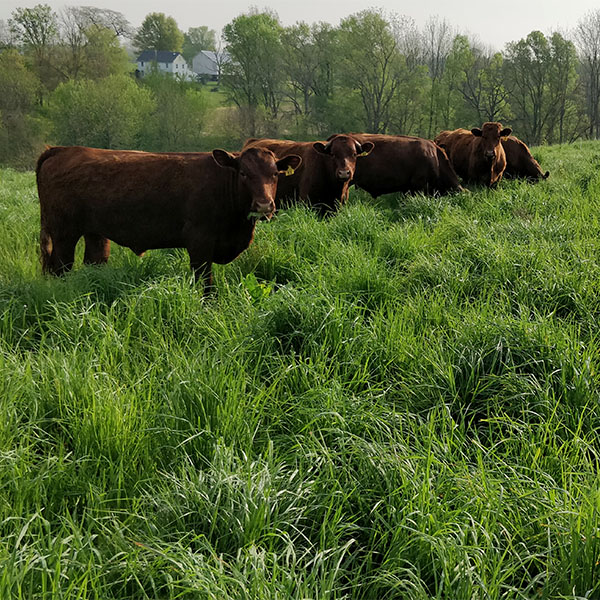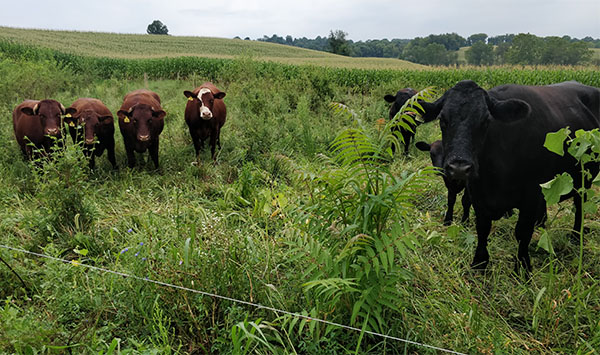Occasionally I’m asked by friends “How can I find grass fed beef near me?” Often, we receive requests to ship beef, but there may be better options if you can locate a local farmer you trust. Here is one way to find a local farmer where you can buy grass fed beef.
One option is to skip the local farmer and buy grass fed beef in your grocery store. As the health benefits of grass fed beef have become more well known, many grocery stores have started stocking grass fed beef. This can often be your most convenient option. However, there are some things to watch out for if purchasing grass fed beef in a grocery store. First, there is sometimes less than truthful marketing. For example, a lot of beef that is finished on grain is marketed as grass fed. This is often conventional beef with a “grass-fed” label added to it and is probably not what you are looking for. In fact, the conventional way to produce beef is to raise it on grass and pasture and then finish the animals on grain. These animals do technically eat grass at some point in their lives, but unfortunately the nutritional profile of beef changes rapidly if finished on grain. Finishing animals for even a few days on grain before butcher can dramatically change the nutrient profile of the meat. If you are want true grass fed beef, you should look for 100% grass fed beef. If you want to know the details of how the animals were raised, grocery store beef is likely not your best option. Finding a local farmer near you is a great way to learn exactly how your grass fed beef was raised.
How do you find a local 100% grass fed beef farmer? If you don’t have any friends or family raising 100% grass fed beef the I recommend two online directories: Local Harvest or Eat Wild. These directories allow you to quickly find the closest farmers and what they are selling.
To use Local Harvest type “grass fed beef” in the search bar at the top as well as your zip code. This will give you a list of farmers near you that sell grass fed beef. To learn more about the farm, click on the listing. Listings will often have contact information so you can reach out to the farmer to get more information.
To find grass fed beef on Eat Wild click on “Shop for Local Grassfed Meat, Eggs & Dairy” on the left hand side of the site. From there, you can click on the state where you live. Then click on the map twice to see where each farm is located in your state. Zoom into the area of your state closest to you and look for red pushpins which signify farms. Click on the pushpins nearest you to learn about the farm, the products they offer and how to contact them. Eat Wild also has some great information on their site. You can learn about the basics of grass fed, health benefits of grass fed, and grass fed environmental benefits.
I hope this article helps you find local, high quality, grass fed beef. Finding a local farmer you can trust is a great way to source the highest quality, nutritious food, support your local farmer, and benefit the environment. Good luck on your search!

